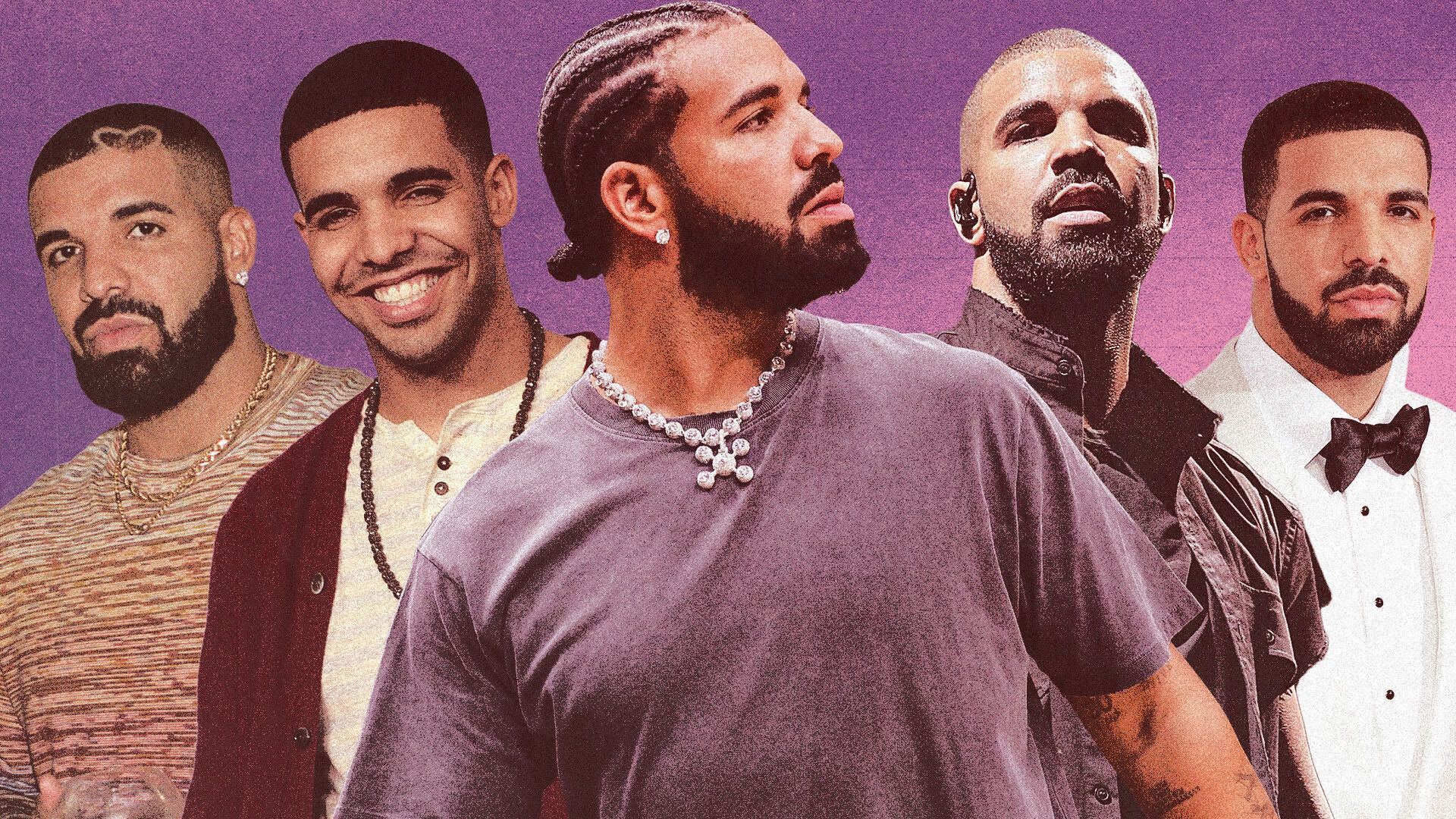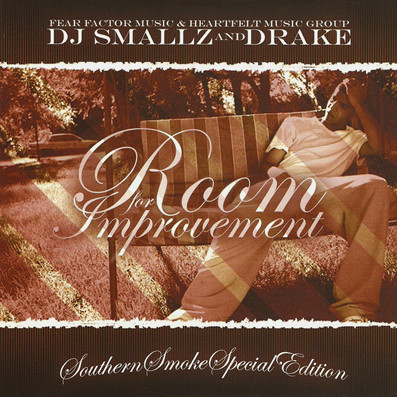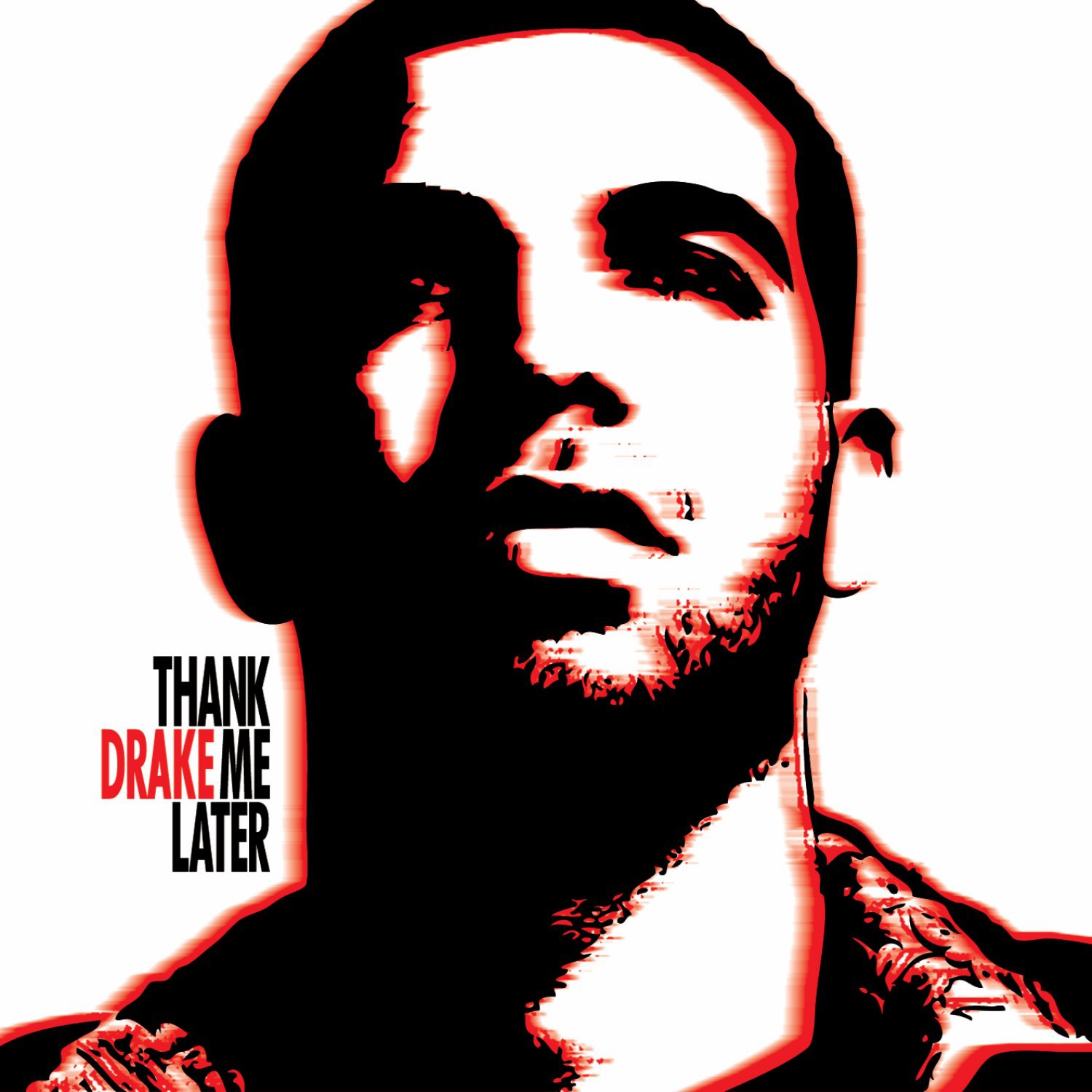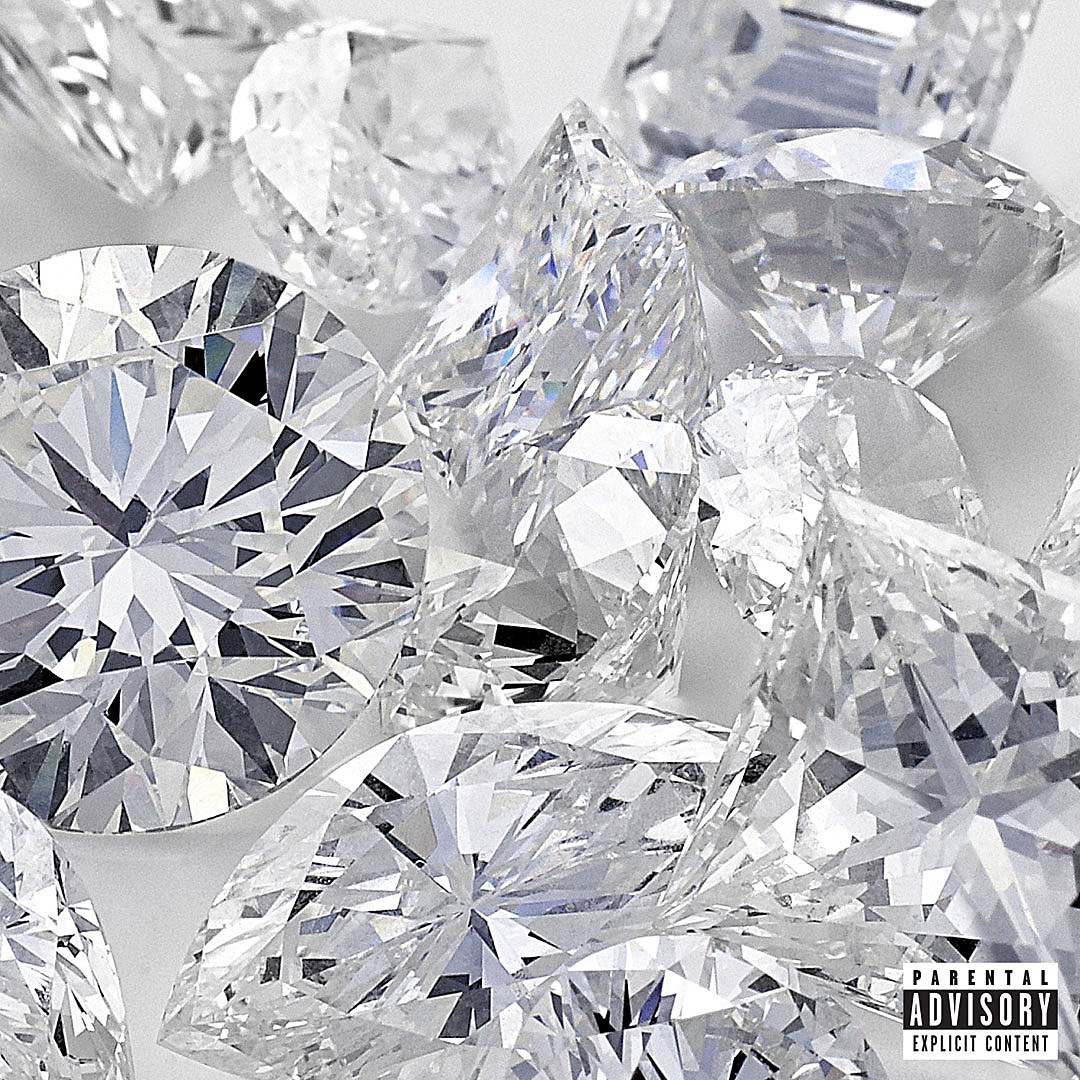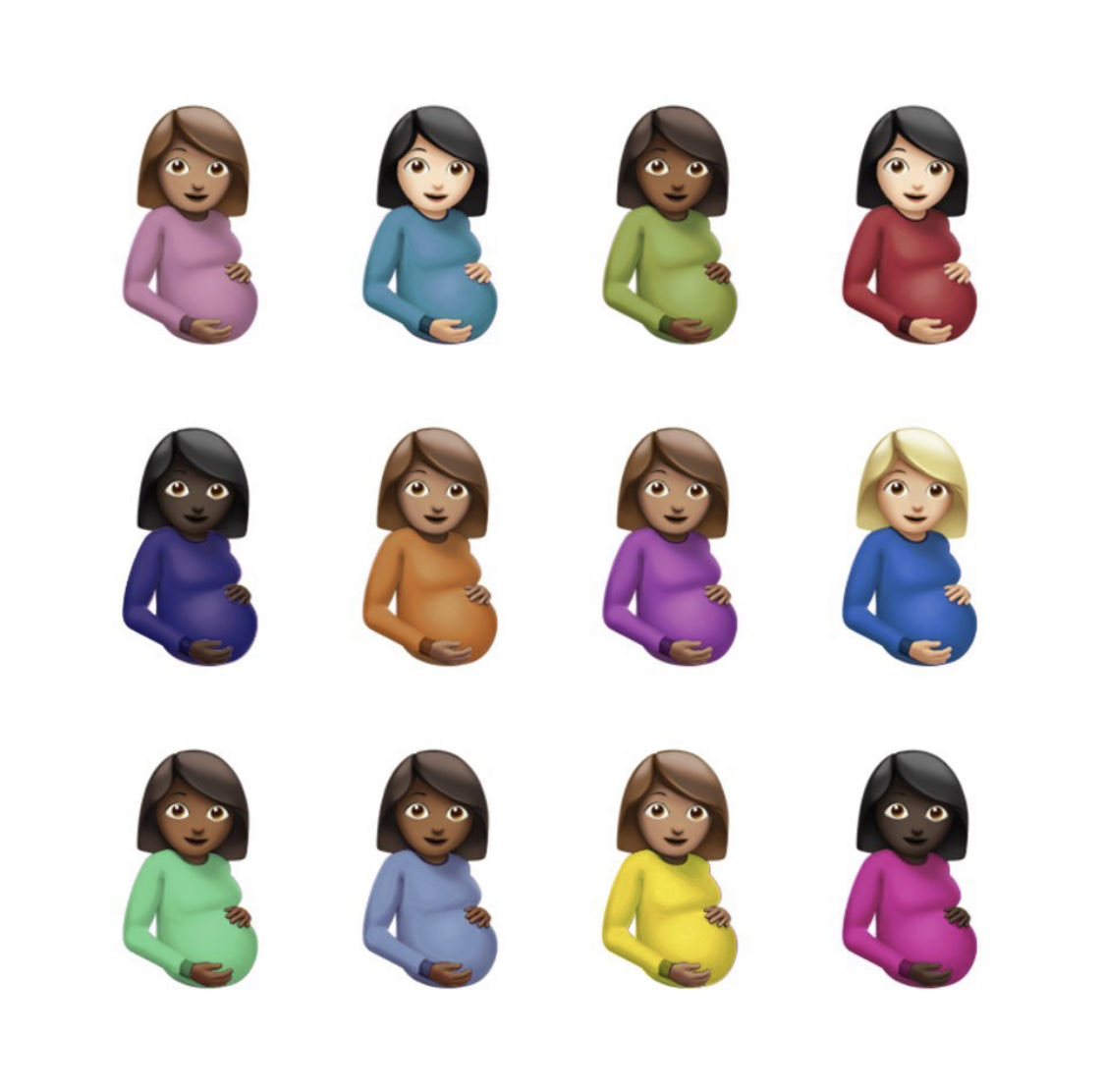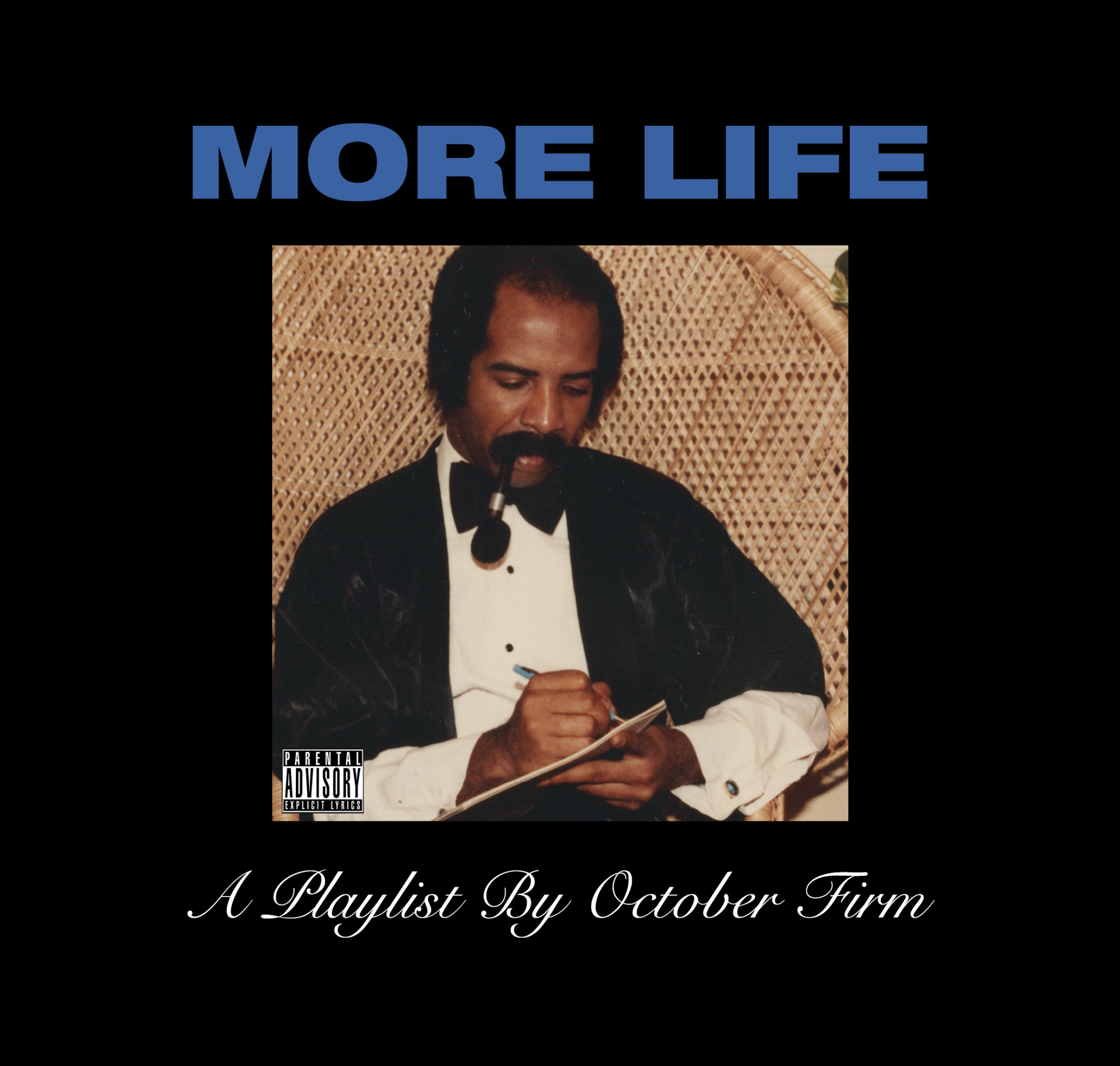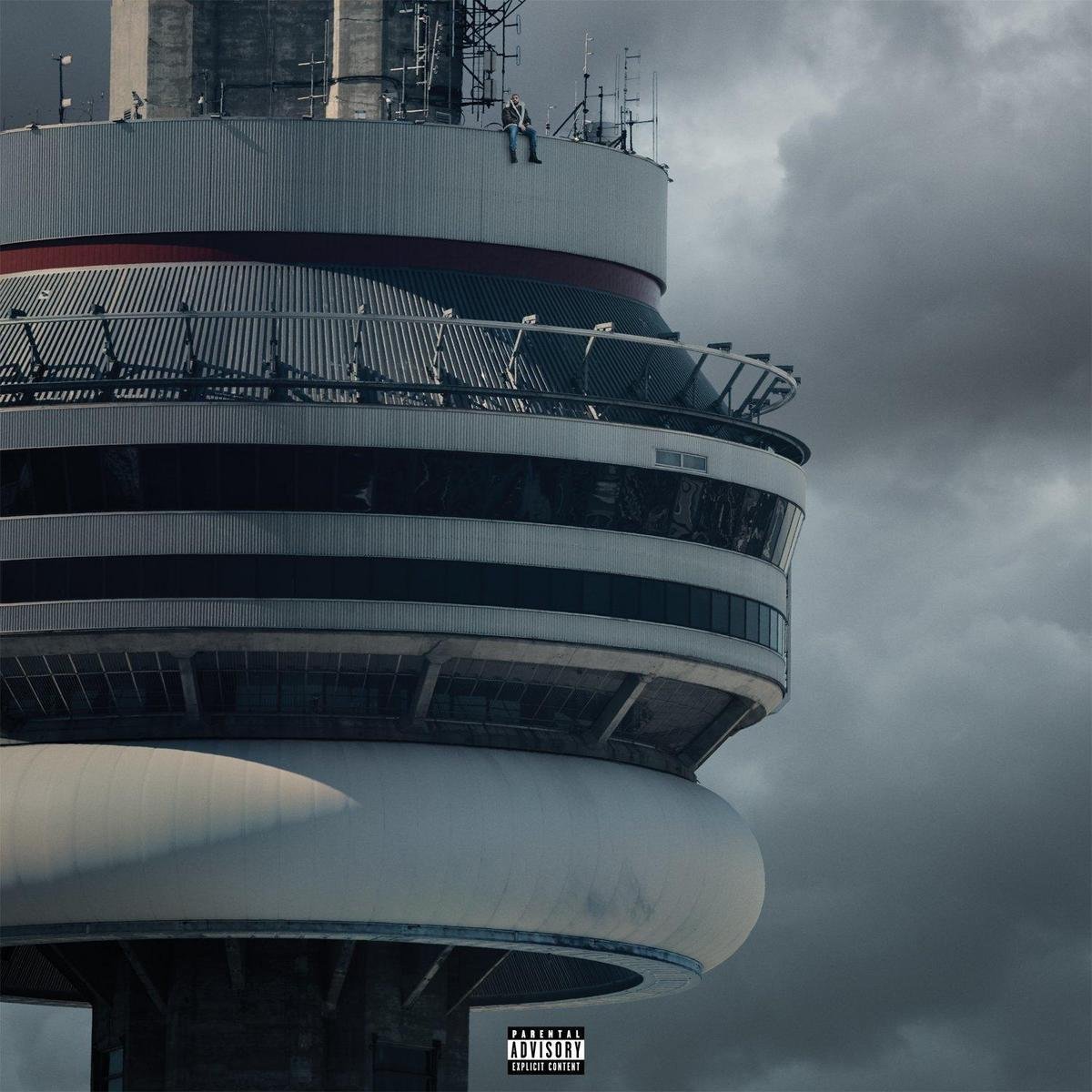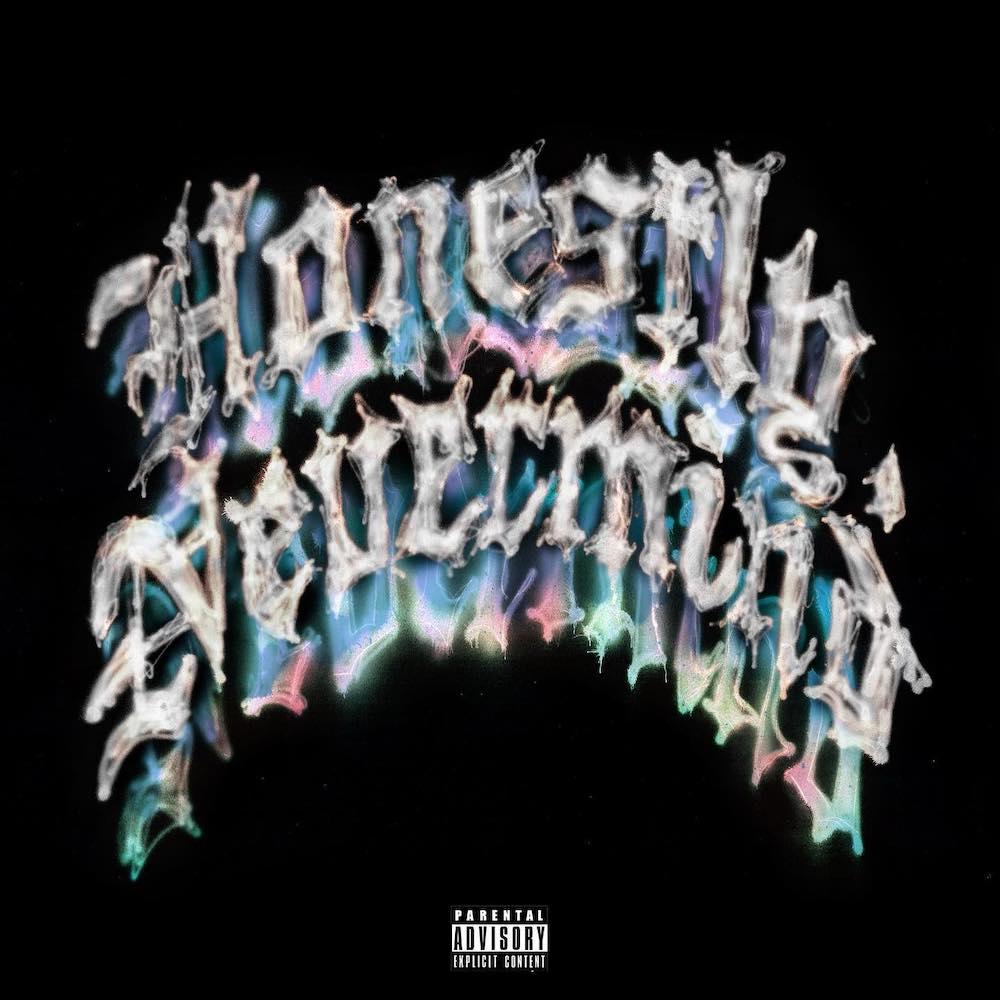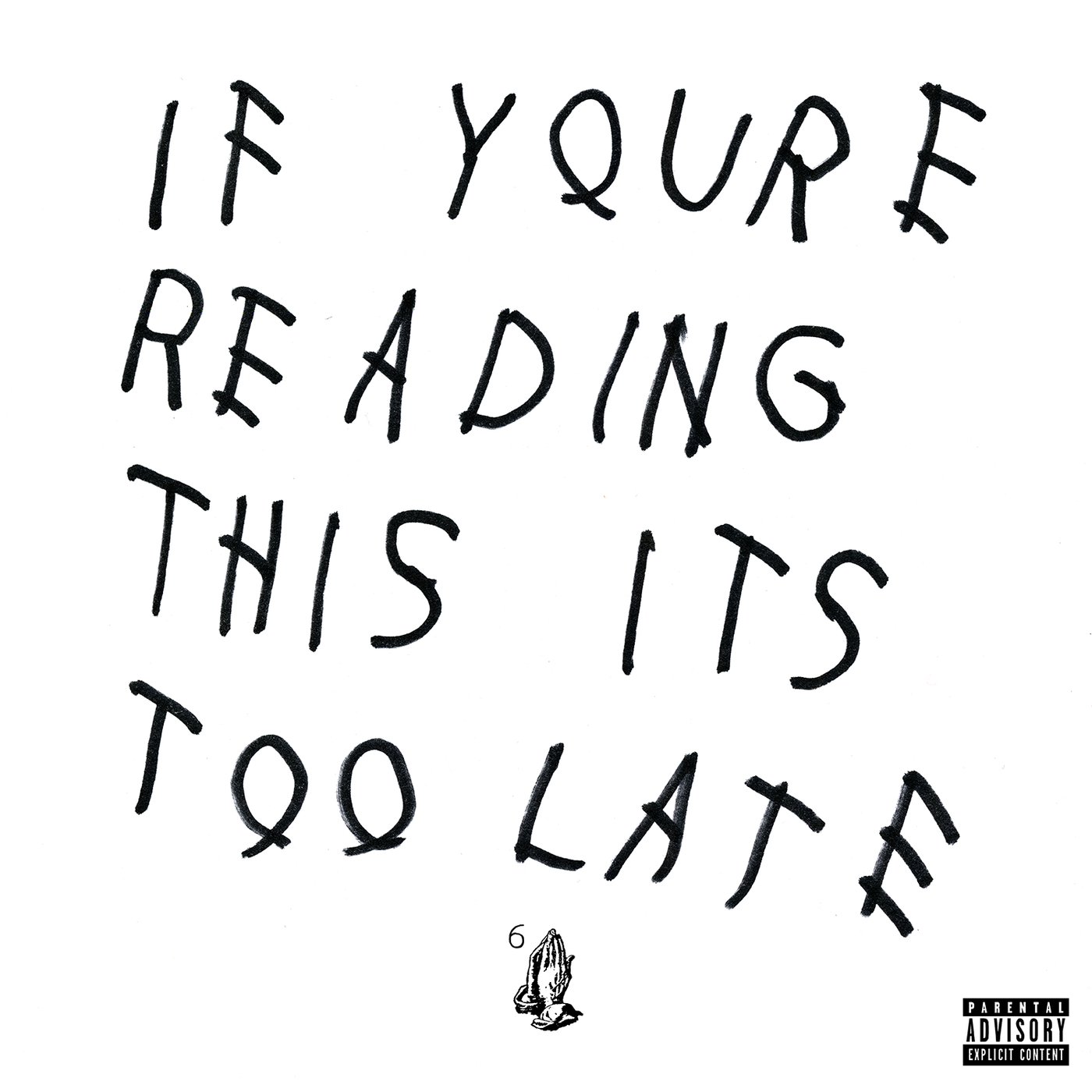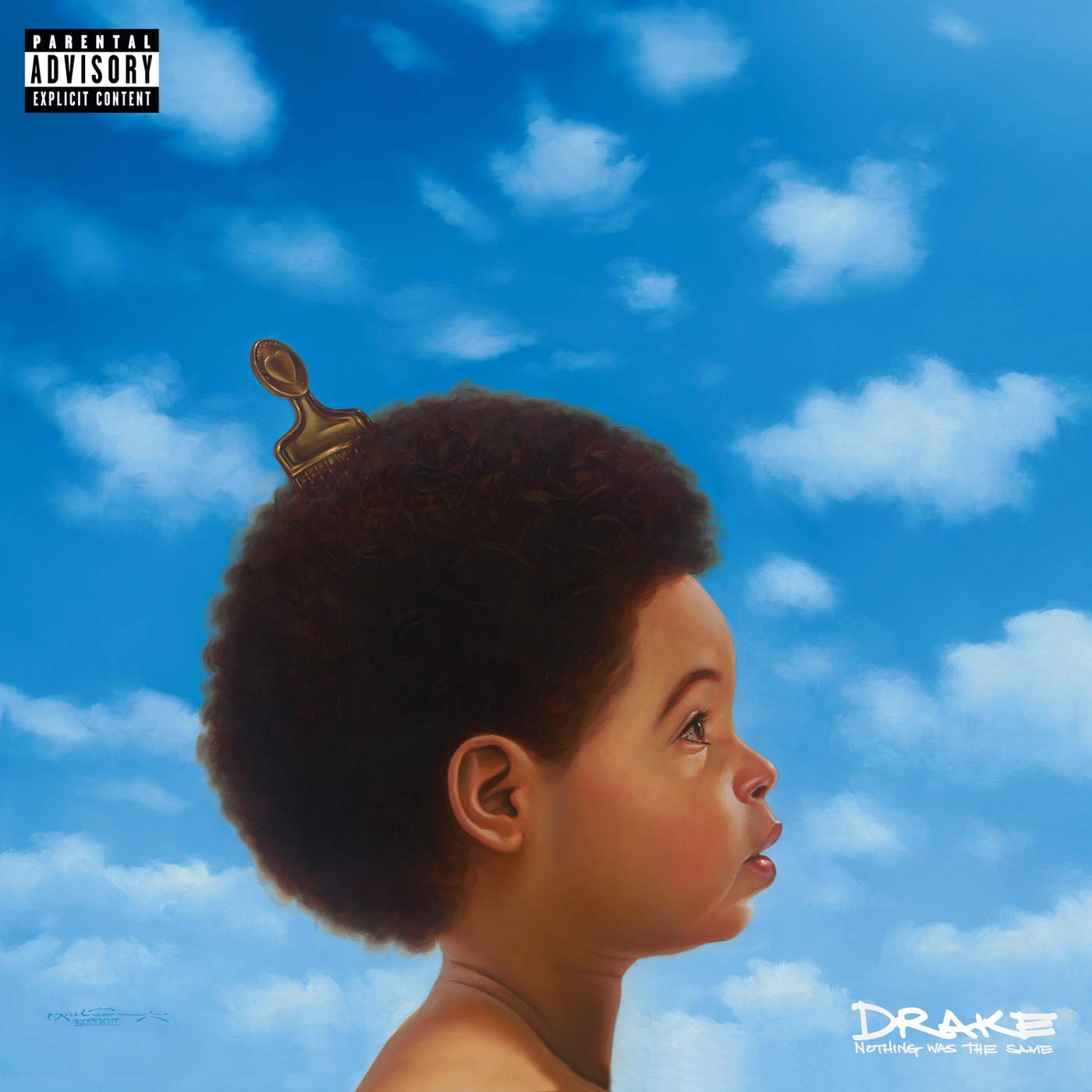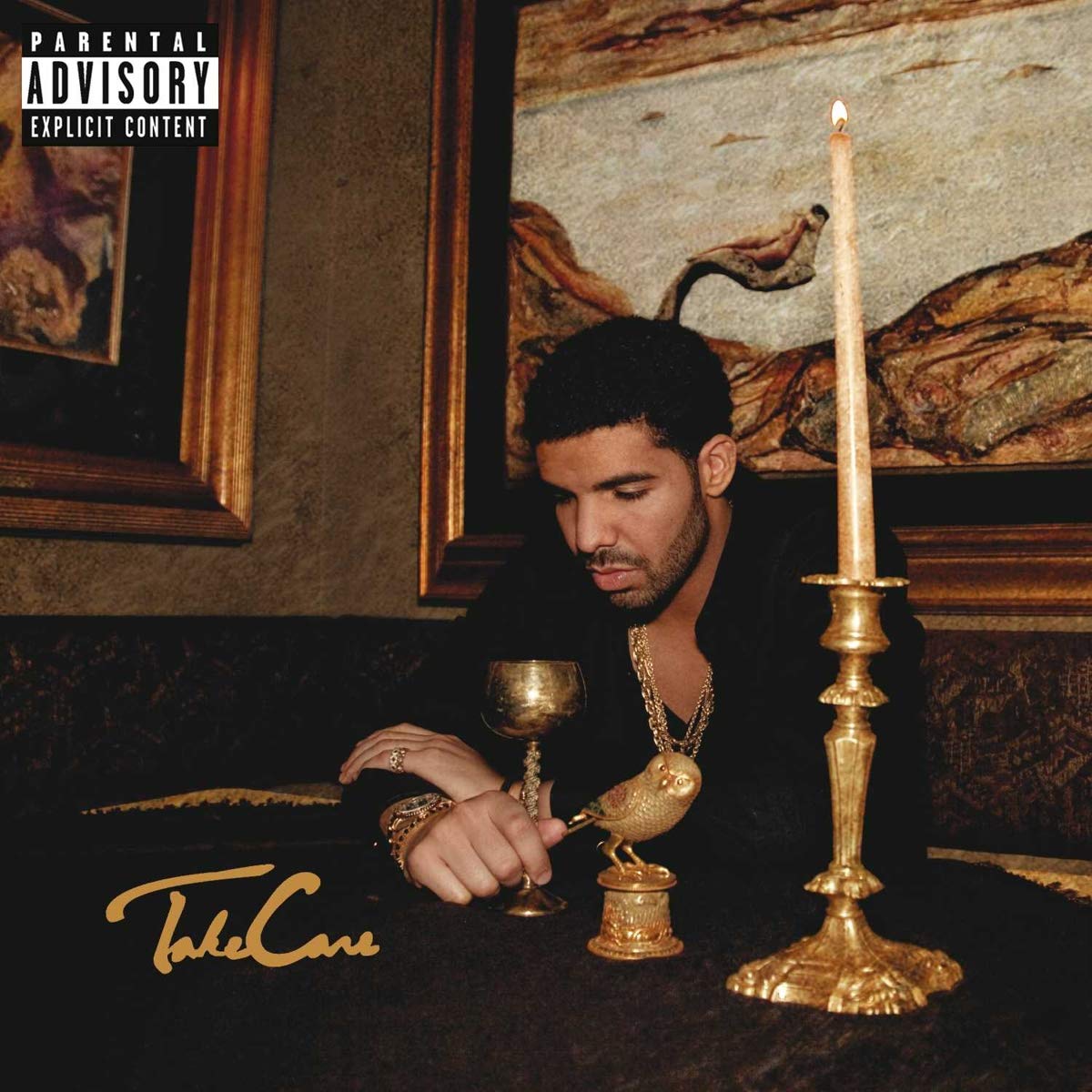Mac Miller‘s death sent tidal waves through the music community. Heavily touted as a unique talent and intimate soul, his journey was left tragically unfinished. Openly addicted to drugs and dealing with depression, Mac was an example of why artists often struggle with the limelight. However, the flawed figure had a noticeable impact on any collaborator he worked with. Growing up in Pittsburgh, Miller was born to a creative family that enhanced his musical interests. By age six, he was already learning the drums and the piano.
The rapper was spitting rhymes on the school bus by his freshman year of high school, orchestrating random jam-out sessions where his buddies acted as impromptu drum sets or hi-hats. The Pittsburgh outfit would continue to hone his craft, releasing his breakout mixtape K.I.D.S at only 18 years old. Soon, making large-scale connections and signing a record deal with Rostrum Records, he released his debut studio album, Blue Slide Park, in 2011.
For all of Mac’s faults, he was one of the most influential artists of our generation. Mac was more than just a rapper, improving leaps and bounds as a vocalist or multi-instrumentalist throughout his career. With his last few albums being his best work, Mac is one of hip-hop’s biggest “what if” stories.
10. Blue Slide Park
His debut studio album, Blue Slide Park is a noticed maturation from the lyrical and production sound of his mixtapes. Mac is impressively able to find his distinctive voice throughout the 46-minute record. The project is famously known for receiving a scathing 1.0 mark from Pitchfork. However, that rating has since been disproven. Employing a timeless sound, tracks like “Party of Fifth Ave” or “PA Nights” still sound just as fresh today.
Additionally, the record sold 145,000 in its first week, shooting straight to #1 on the Billboard charts. Blue Slide Park is full of egotistical, party-rap bops. While it’s far more surface-level than his later releases, it’s an admirable full-length debut. A direct shoutout to his upbringing in Pittsburgh, it’s a transition album from his fun mixtapes to his later, more mature records.
9. Best Day Ever
The follow-up mixtape to his hit day-view mixtape K.I.D.S, Best Day Ever saw Mac Miller strip down his sound to appeal to his hoards of new fans. Bringing in fellow Pittsburgh rapper Wiz Khalifa, the mixtape was ultimately an attempt to mold himself into a household mainstream rapper. The result is mixed from front to back, as cringeworthy choruses and forced verses are undeniably present throughout the album.
However, Best Day Ever still features much of what made early-era Mac Miller great. It’s braggadocios, groovy, and has plenty of timeless bangers such as “Donald Trump” and title track, “Best Day Ever.” While Best Day Ever is mixed better while seeing Mac improve on his technical songwriting chops, it’s missing the uniqueness or nostalgic bite of K.I.D.S.
8. K.I.D.S
Iconic, nostalgic, and downright fun. The debut streaming mixtape from Mac, K.I.D.S is a coming-of-age collection of boom-bap rap and jazzy beats. Even on his early mixtapes, he had proved that he wasn’t in the game to sound like everyone else. Sampling the likes of Empire of the Sun and Nas, he displayed an inherent knack for utilizing great sounds.
Throwing the listener in the headspace of a sunny day riding a bike with friends, K.I.D.S is a 47-minute middle finger to what’s to be expected of him. Ditching high school or the traditional college route, Mac idolizes smoking weed or being with women. He and his friends are driving around town without a destination, searching for the next high of childhood. Purposefully goofy, he flexes as any other indulgent teenager would.
Clearly listening to hip-hop from the West to the East Coast, Miller integrates the two styles into an eclectic blend. Tracks such as “Nikes On My Feet” and “Kool Aid & Frozen Pizza” are much the latter, with Joey Bada$$‘s influence written all over them. However, tracks such as “Knock Knock” and “The Spins” very much contain the freedom or spontaneity of a West Coast track. While he hasn’t found his distinctive sound, Mac still finds a way to make K.I.D.S sound uniquely him.
7. Macadelic
While Blue Slide Park was largely devoid of features, Macadelic saw him work with plenty of collaborators. From Lil Wayne to Kendrick Lamar, Mac sounds far more comfortable when able to rely on the energy of others to create in comparison to Blue Slide Park. Taking a noticeable step up in the lyrical department, he comes off as a rapper who’s more confident about the subject matter he’s rapping about.
Mac Miller is unsettlingly dark and pensive on Macadelic, talking about his addiction to codeine and questioning religion. He puts it all on the table, throwing away the façade that his drug and fame-filled lifestyle was an endless fever dream. Some of Mac’s essential hits appear on the record, such as “Loud” and “Fight the Feeling.”
Macadelic suffers from the common theme of Mac’s early records of being far too long. Surpassing the hour mark, it’s a tedious front-to-back listen. However, he’s able to use the run-time to express more stylistic range than ever. Hopping from Soul to Trap-based influences, it was his most unpredictable record to date.
6. Watching Movies With The Sound Off
Mac’s second studio album, Watching Moves with the Sound Off was his most experimental record. Playing around with ethereal beats and vocal pitch shifting, it was his most psychedelic record, as well. Mac recruited the likes of Clams Casino and The Alchemist to curate his sound. In an interview with Complex, Mac described the record as “very introspective and very personal, so it’s kind of throwing it all out there and seeing what happens.” After settling into the “weed rapper” persona for a few years, the 2012 release marked a significant crossroads in his career, where he could distinguish his narrative from that stereotype.
With guest features from the likes of Action Bronson, Earl Sweatshirt, and Schoolboy Q, Mac was an established force in the music industry by this time. Additionally, the features seemed to compliment his grittier narratives far better than on previous projects. He focuses far more on his vocal delivery on the project, which he’d been struggling with previously. Initially aspiring to be a singer before becoming a rapper, it’s no wonder he began venturing into different vocal pallets at this career stage.
While Watching Movies with the Sound Off is a little lengthy, plenty of memorable moments remain stuck in my head ten years later. You have Earl’s verse on the back end of “I’m Not Real,” or the trippy summertime vibes of “Someone Like You.” There’s no question that some of his best tracks appeared on this album. From warped reverb guitars to psychedelic synths, the record was his most cohesive and mature project.
5. The Divine Feminine
Mac’s fourth studio album, The Divine Feminine, ties together grandiose vocal harmonies and airy piano chords for his most pleasant-sounding record to date. Featuring some absolute slappers, we have some great features from Anderson Paak and Kendrick Lamar. Full of earworm choruses, “Dang!” and “God is Fair, Sexy Nasty” are two of his best tracks. Mac focuses more than ever on his psychedelic blend of jazz and hip-hop on The Divine Feminine. In many ways, the production techniques on this record would be fully realized on Swimming.
As is implied by the title, Mac is narratively focused on his relationships with women throughout The Divine Feminine, or as he puts it, “the feminine energy of the planet.” Referencing his past relationship with Nomi Leasure in contrast to his current relationship with Ariana Grande, he reflects on the subtle differences between the two experiences. Grande later confirmed that “Cinderella” was about her.
The Divine Feminine is a sonic and narrative contrast to Good A:M. Peeling back the many layers of love, it replaces hard-hitting bops with introspective grooves. In retrospect, it feels like the project that cemented Mac as a multi-creative force rather than just your other mainstream MC.
4. Good A:M
A banger-filled follow-up to Watching Movies with the Sound Off, the project sees Mac noticeably progress in terms of his ability to create a narratively engaging project. While he remains fully engaged in the pure hip-hop era of his career, Good A:M would be the last (relatively) straightforward rap project from Mac Miller. In many ways, Good A:M is a homecoming to his early rap days. The production mirrors his early mixtapes, showcasing a significant improvement from Mac.
In his most cohesive record up to this point, he discusses topics regarding addiction, fame, and personal growth. Mac states: “White lines be numbing them dark times / Them pills that I’m popping, I need to man up / Admit it’s a problem, I need a wake up / Before one morning, I don’t wake up.” In retrospect, it’s another harrowing line that showcases how he was self-conscious about his shortcomings.
Good A:M bounces from beautiful jazz-rap samples to reverb-filled trap bangers. He recruits the likes of Chief Keef and Lil B for the latter, who each deliver a refreshing change of pace on their respective tracks. While the project suffers from a common thread of overstaying its welcome, this doesn’t weigh down the record to the same extent as past projects. Good A:M is a pleasant mix of moody and hype songs that signaled his outstanding growth from Blue Slide Park to the Fall of 2015.
3. Faces
Initially released in 2014, Faces was re-issued to streaming services in 2021. A firm fan favorite, the mixtape was finally released as a retrospective celebration of his life. As Mac Miller’s astounding eleventh (and best) mixtape, the record is peppered with topics surrounding our mortality and his personal struggle to discover meaning. Up to this point, Faces sees Mac as more unfiltered and raw than ever.
While Faces is officially a mixtape, it certainly feels like a full-length experience. Running just past the 90-minute mark, the jazz-adjacent jams feature iconic Miles Davis samples and bass guitar riffs from close friend Thundercat. Oddly enough, the album feels more relevant now than in 2014. The leisurely and abstract nature of the production better mirrors present-day hip-hop styles than those relevant back when Faces was released.
An even more tragic listen when consumed with the context of Mac’s death, it almost feels as if Mac is accepting of his approaching demise on the record. “Grand Finale,” the final track off of the mixtape, sees Mac claim that it would be the final song he would ever put out. Full of fantastic features, we see common contemporaries such as Earl Sweatshirt and Vince Staples on the record. Hauling in a West Coast collective of MCs, Mac’s pen game is at its peak on the mixtape.
2. Swimming
Mac Miller’s fifth studio album, Swimming, was his most vulnerable record. It had been a rough six months leading up to the record’s release. Mac was arrested for a DUI, as he references in “Hurt Feelings.” Recently breaking up with Ariana Grande, the album contains a definite “me against the world mentality.” Mac explores his loneliness amidst a pool of emotions, feeling as lost as ever at 26.
There’s an apparent To Pimp a Butterfly influence on Swimming, as Mac integrates groovy jazz basslines on the likes of “Ladders” and “Self Care.” Of course, this isn’t the first time Mac toyed with Jazz or Soul influences. In fact, Swimming feels like a project he had built up to throughout his career trajectory. Take The Divine Feminine, where Anderson Paak and Kendrick Lamar-featured tracks add in falsetto horns and rapid tempo drums.
Swimming is a fully realized version of the eclectic blends of Jazz-Rap that Mac Miller had been going for in the past. The record is so fascinating in that, in many cases, the sound directly contrasts with Mac’s lyricism. The music acts as a therapeutic escape for him, masking him from the reality of his mental state. However, this isn’t a concurring theme from start to finish. “Perfecto” is far more melancholic, as Mac references Grande with the line, “She put me back together when I was out of order.” “2009” features earnest, piercing piano chords as he sighs, “I don’t have it all, but that’s alright with me.” Swimming is arguably the best sounding project in his discography.
1. Circles
It’s both tragic and beautiful that Mac’s only posthumous release would be his best project. Circles is precisely that. Reflective and harrowing, the record was intended to be a narrative companion to Swimming. He completed the vast majority of the project before his sudden passing. It took composer-producer Job Brion to complete the mixing process of the record. On Circles, Mac Miller is swimming in a despondent loop, living on a high tossing him into the same fortuitous cycle of drug use and depressive episodes.
While Mac seems wholly lost on Swimming, Circles seems to see him find his footing a bit more. He’s more conscious of the inherent ebbs and flows of life or accepting the trends that have led him to his current mental state. On “Surf,” he states, “It’s more when I’m standin’ in crowds that I’m feelin’ the most on my own.” He continuously references this juxtaposition throughout Circles, repeating “good news is all they wanna hear” on the isolating “Good News.”
Circles was meant to symbolize a new sonic direction for the Pittsburgh-born rapper. Dreaming of one day being a singer before his rap career took off, the record felt like a new stage in his astounding evolution as an artist. Predominately indie-folk, Mac Miller raps less than ever on the record. The one exception is “Blue World,” a rare moment of clarity and contentment amidst stuttering vocal samples. In retrospect, Circles is the best form of closure fans could’ve asked for.




